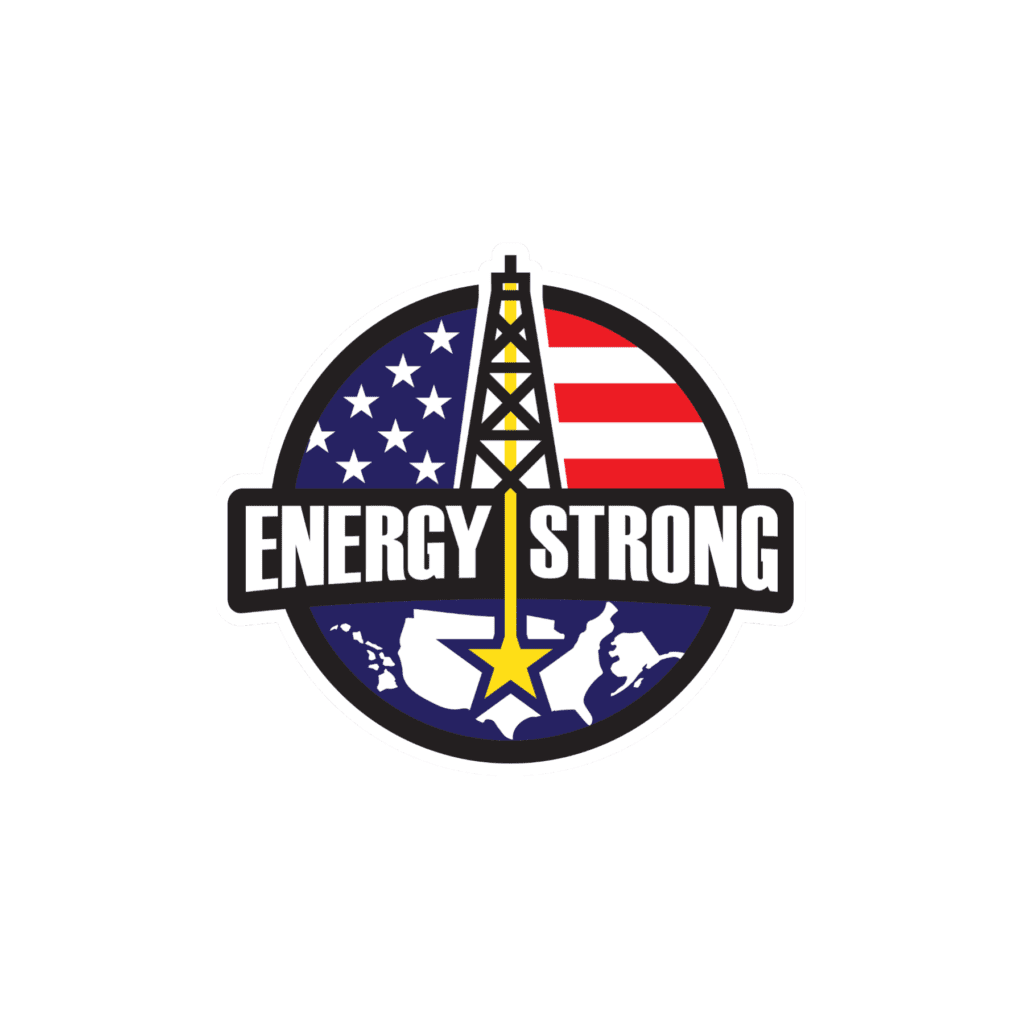Competition is heating up for increasingly scarce top-tier oil and gas drilling locations in the Lower 48, according to firms that track merger and acquisition (M&A) activity in the sector.
The volume of deals taking place is down versus the averages seen in recent years, new data from Enverus show. But abundant cash reserves, supportive oil prices, and a need to replenish inventory mean that publicly traded exploration and production (E&P) firms may be willing to pay historically high premiums for the best quality assets in premier plays such as the Permian Basin, according to Andrew Dittmar, a director at the firm.
“There is not a cheap way to shore up inventory in the Permian right now unfortunately,” Dittmar told NGI. “I think the largest companies, up to and including majors, will be willing to pay up to secure the remaining tier 1 locations.”
Small to mid-cap E&Ps “that can’t afford to compete on price will look at tier 2 or 3 assets, which in the Permian are still quite good, or work to stitch together a series of smaller bolt-on deals that are often more reasonably priced than the big strategic opportunities,” he added.
Large producers routinely pay more than $2 million per drilling location for the best quality Permian assets, according to Dittmar. “We anticipate core locations will break the $3 million mark this year as the inventory situation for operators isn’t getting any better,” he said.
Enverus anticipates that “the Permian has a few years of production growth left and will reach its plateau in 2027, although oil well productivity declined modestly in 2022 for the first time since 2011,” Dittmar said. “Remaining top-tier inventory varies significantly by operator,” he added, with Pioneer Natural Resources Co. and ConocoPhillips holding the largest operated and undeveloped positions across the Midland and Delaware sub-basins.
Throughout the shale boom, private equity (PE) firms have perfected the business model of acquiring and developing promising acreage in onshore plays such as the Permian, then selling it for a premium to larger, publicly traded names.
The so-called buy/drill/flip model “has gotten significantly harder as the shale plays including the Permian have matured and the remaining inventory is locked up by public companies,” Dittmar said. “A few will likely find opportunities but at a much reduced pace, some teams will look to other plays like the Midcontinent and Powder River Basin for a similar buy/drill/flip model, and some will focus on yield opportunities by purchasing mature shale of conventional assets and focusing on cash flow.”
Natural gas-driven M&A deals “are likely to remain challenged as pricing is low and volatile, a murderous combination,” according to Dittmar. “However, gas may be poised to pick up the slack in the future when buyers start eyeing recovering prices driven by increasing U.S. LNG exports and offer buyouts that are acceptable to sellers.”
Natural gas takeaway capacity is “a check-box item” for E&Ps seeking to acquire acreage in the Permian, Dittmar said, so that they can develop their inventory at a preferred pace without having to resort to flaring. “However, oil is driving the economics of these deals right now especially with poor gas price performance. I would say buyers are looking at associated gas as a potential longer-term value add as the gas weighting of production increases on older wells and gas prices potentially increase in coming years.”
Investors Coming Back?
The PE flippers with top quality assets could be in for a windfall over the coming months, according to Haynes and Boone LLP Partner Jeff Nichols.
Over the last 12 months, “we were involved with a lot of M&A where large, public oil and gas companies were shedding assets to small private companies you’ve never heard of, basically,” Nichols told NGI. “But everybody expects now for the public company M&A market to pick up, where the public companies will start buying up some of these privates.”
He cited the recent acquisition by Ovintiv Inc. of three Permian-focused producers managed by EnCap Investments LP in a $4.3 billion cash-and-stock deal.
“That’s a perfect example,” Nichols said. “Those were small, private companies that were funded by private equity…they got to work drilling and increasing their reserves, and they attracted the attention of a large public company and were bought up. And so I would expect more of those types of deals in the near future…”
He said that since public companies were under pressure to cut capital expenditures in recent years, “they cut back their own drilling programs, and it’s easier to buy reserves from a smaller company as a way to grow your company, and the overall mood of investors and the capital markets is slowly shifting. It was so negative against oil companies for a year or two, and now there’s more of a recognition that oil and gas will be around for a while, and less of a stigma associated with investing in it.”
As a result, “I would expect to see public companies snapping up some of these private companies that have become quite large,” Nichols said. “Some of these companies went from reserves worth $50 million to $500 million in the past two years, just by keeping a couple rigs going and slowly building their reserves.”
‘Surprising Resurgence’ in Eagle Ford
The Eagle Ford Shale accounted for more than half of the $8.6 billion in U.S. upstream M&A deals transacted during the first quarter, according to an analysis released Tuesday (May 2) by Enverus Intelligence Research (EIR).
E&P firms conducted 16 M&A deals during the period, “with more than $5 billion in the Eagle Ford for a surprising resurgence in that mature play,” according to the Enverus subsidiary.
Total deal value for the quarter was down about 20% versus the first quarter average since 2016, while deal volume “also continued its multi-year collapse with a disclosed value of 80% less” than the 1Q2023 average, said the EIR team led by Dittmar.
“Last quarter was an outlier in terms of the deal targets and types for upstream transactions,” Dittmar said. “Rather than public E&Ps focusing on buying undeveloped inventory in the Permian Basin from private companies, most of the deals targeted mature assets in the Eagle Ford and included more public-to-private transactions plus a corporate merger.”
Baytex Energy Corp.’s $2.5 billion acquisition of Eagle Ford pure-play Ranger Oil Corp. took the top spot in terms of deal volume.
Chesapeake Energy Inc. also offloaded its Upper Eagle Ford assets to WildFire Energy LLC in a $1.425 billion deal, then sold its remaining Eagle Ford position to UK-based Ineos Group Ltd. for another $1.4 billion.
“The Eagle Ford has a lack of home-grown consolidators and has remained fragmented,” Dittmar said. “Over the years, it has also been a reliable target for buyers from outside the U.S. drawn by its established production and ease of access to Gulf Coast markets.”
This trend continued in April with the acquisition by Japan’s Mitsui & Co. Ltd. of a natural gas-rich leasehold in the Eagle Ford’s Hawkville field from Silver Hill Eagle Ford E&P LLC.
“We view the Eagle Ford as an optimal place to buy production-heavy assets, and some inventory, but it is generally not the ideal play for companies needing a big chunk of undeveloped acreage to be looking,” Dittmar said.
The Permian, which usually dominates dealmaking, was relatively quiet on the M&A front during 1Q2023. Matador Resources Co. acquired Advance Energy Partners Holdings LLC, with assets in the Delaware sub-basin, for $1.6 billion.
The Matador deal “ is part of a rush of private equity (PE) exits, with EnCap among the most active sellers,” the EIR team said. The Ovintiv/Encap deal focused on the Midland was another example.
Also in the Midland, Diamondback Energy Inc. divested an asset package to an undisclosed buyer for $439 million during 1Q2023.
“M&A may have slowed, and shale may be in its later innings, but there are still opportunities to be had,” Dittmar said. “The scramble for dwindling inventory is on, and oil prices are in a good place for M&A where both buyers and sellers feel comfortable transacting.”
The post ‘The Scramble is On’ for Top-Shelf Natural Gas, Oil Drilling Locations in Lower 48 appeared first on Natural Gas Intelligence


